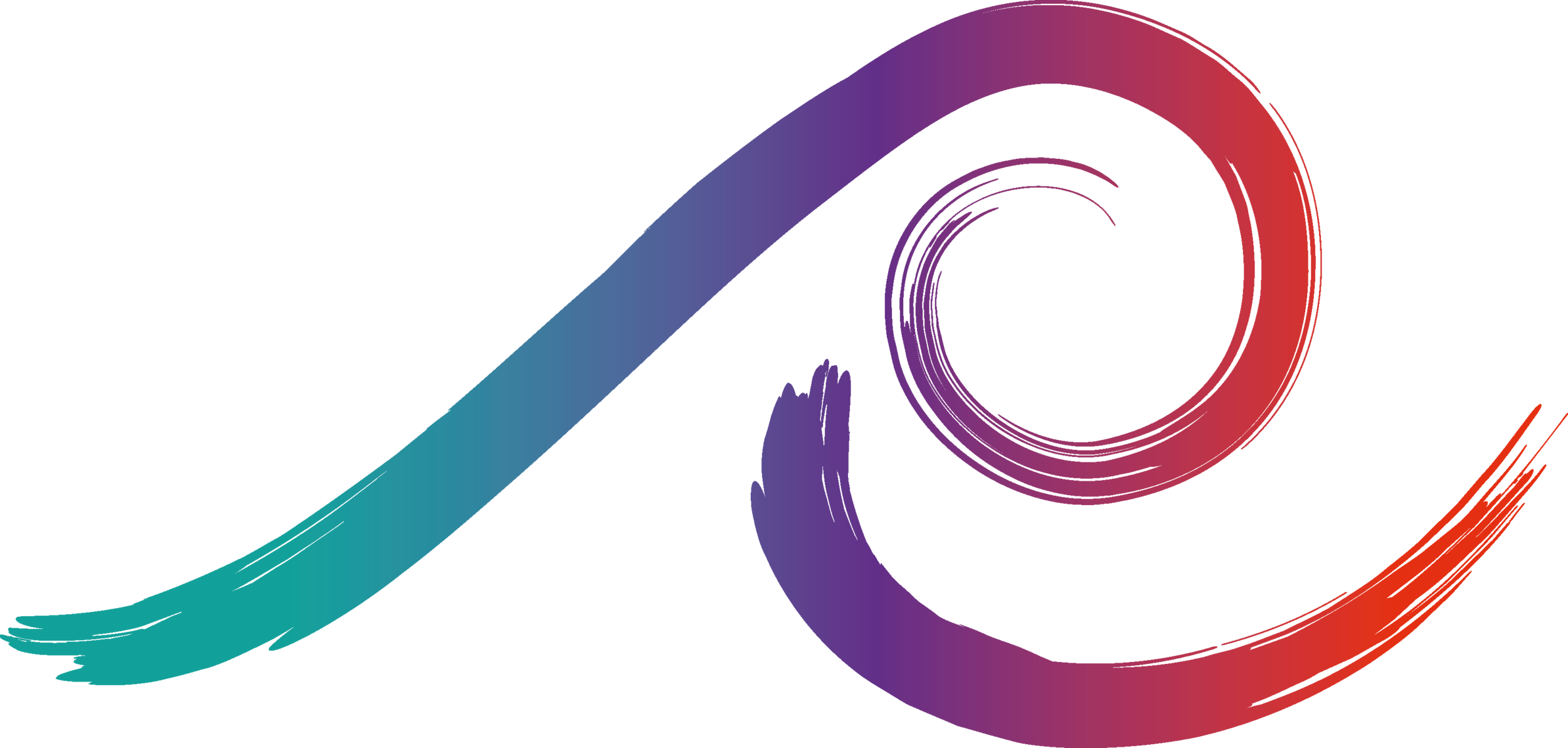Teams
For a group to function on a higher plane, the notion: ‘There is no I in team’ must be challenged. To build a self-coaching culture that fuels collective strengths, intra-personal dynamics have to be named and new ways of addressing them developed.
That takes guts and calls for a new level of leadership. The ability to see, feel and call out the counter-productive underlying rifts between people is not easy. When psychological safety is created individuals are brave, creative and can fully self-express, which propels group success.
The coach’s role is to observe how the team ‘is’ and ‘is not’ and support the leader to sustain the created depth. A shift happens. It’s a beautiful, spiritual ritual which empowers the team to self-manage into higher efficiency.
How It Works
Team coaching starts with contracting meetings with the leader and then with the whole team. We agree the boundaries, process and respective responsibilities needed for success.
The process is a combination of group and individual conversations, powerful questions, active experiments, visual exercises and experiential co-learning, with extra support for the leader.
Work is progressed in digestible pieces so the leader and members can hold the new state without a coach being present and embed the changes. The team also has access to practical tools between sessions to create positive behavioural patterns.





